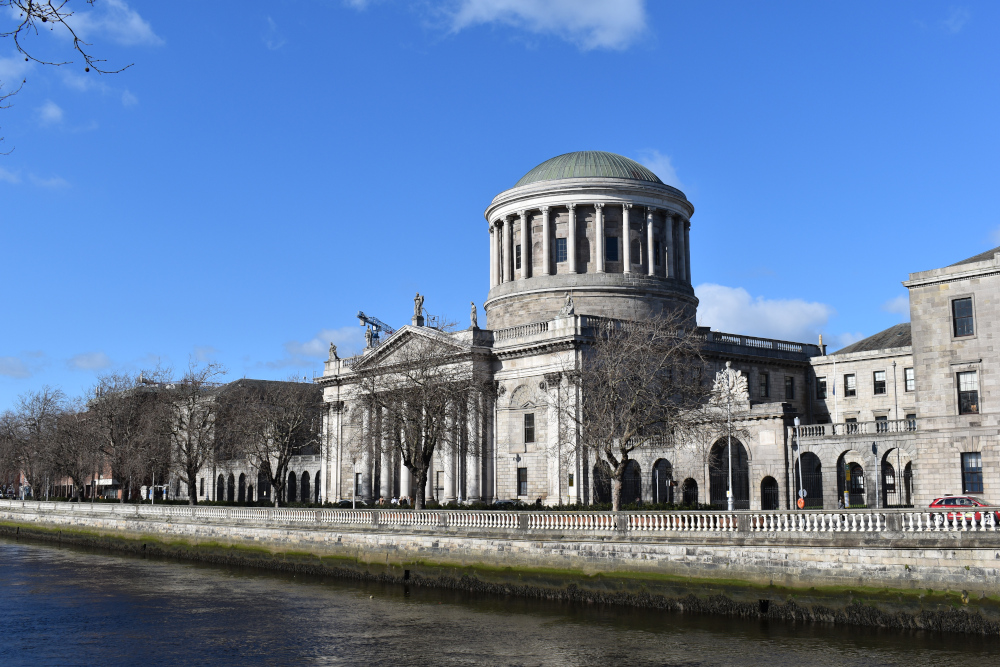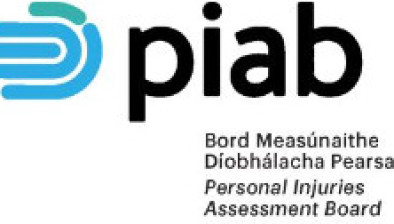High Court: Invitation to disapprove PIAB assessment rejected

The High Court has approved a PIAB assessment of €60,000 in respect of severe facial scarring and minor psychological injury suffered by the minor applicant in a road traffic accident.

About this case:
- Citation:[2023] IEHC 651
- Judgment:
- Court:High Court
- Judge:Mr Justice Garrett Simons
Delivering judgment for the High Court, Mr Justice Garrett Simons noted that the invitation to disapprove the assessment constituted an attempt to shield the minor applicant from the special costs rules “where responsibility for the PIAB assessment not becoming binding on the parties resides with the court and not with the claimant’s next friend”.
Background
In December 2019, the minor applicant suffered severe facial lacerations whilst travelling as a rear seat passenger in a car which collided with another vehicle. Although the applicant had been restrained in a booster seat, he had managed to free himself moments prior to the collision in order to recover his drink from the footwell.
Ultimately, the applicant acquired extensive and permanent facial scarring and suffered with an adjustment disorder, which was expected to resolve. The Personal Injuries Assessment Board (PIAB) issued an assessment on 29 September 2021, assessing general damages at €60,000 for “facial disfigurement” in the “severe” category in accordance with the Personal Injuries Guidelines. The assessment was accepted by the applicant’s mother and next friend on 30 September 2021.
In the course of an application pursuant to s.35 of the Personal Injuries Assessment Board Act 2003 to obtain the approval of the High Court of the assessment, counsel for the applicant invited the court to disapprove the assessment on the basis that an insufficient uplift was applied in respect of the applicant’s psychological injuries.
The High Court
Mr Justice Simons reasoned that purpose of the unusual application was “an attempt to avoid the adverse costs implications which would otherwise arise in the event that the damages recovered in subsequent legal proceedings are less than the amount now available under the PIAB assessment”.
The court set out the logic behind sections 35(1) and 35(2) which sections require court approval for certain assessments or settlements, emphasising that the “requirement for court approval is intended to ensure that the interests of vulnerable persons, such as a minor or a person of unsound mind, are properly protected in the settlement of proceedings… court approval is equally required before the acceptance of the PIAB assessment can become binding”.
Noting the costs implications potentially arising from an applicant’s rejection of a PIAB assessment which has been accepted by the respondent pursuant to s.51A of the 2003 Act, the court observed that “a claimant who fails to recover in legal proceedings more than that which had been available under the PIAB assessment is not only precluded from recouping the costs of the legal proceedings, but is also on hazard of having to pay the other side’s costs. Indeed, the next friend may have a personal liability in this regard.”
Mr Justice Simons continued: “Section 51A…is only triggered where the next friend has not accepted the PIAB assessment on behalf of the claimant. If, conversely, the next friend accepts the assessment, subject to court approval, and the court ultimately determines not to approve the assessment, then any legal proceedings instituted by the claimant thereafter are subject to the normal costs rules.”
Finding that the exercise before him required “consideration of issues such as whether liability is contested, and the amount of damages which are likely to be recovered were the proceedings to go to trial”, Mr Justice Simons remarked that “the court is not engaged in some sort of judicial review of the correctness or otherwise of the PIAB assessment. It is not necessary to identify some error in principle on the part of PIAB in order for the court to refuse to approve the PIAB assessment.”
The court had regard to Zaganczyk v. John Pettit Wexford [2023] IECA 223, which approved the approach in McHugh v. Ferol [2023] IEHC 132 that each additional injury should be categorised according to the bracket that it would have fallen into had it been the main injury, with the award then being discounted to allow for the temporal overlap of the injuries.
Noting the emphasis placed by the Court of Appeal on proportionality in assessing damages, Mr Justice Simons considered that “the court must strive to take a holistic view of the plaintiff and endeavour to place the plaintiff’s particular constellation of injuries and their cumulative effect on the plaintiff within the spectrum in a way that is proportionate both to the maximum and awards made to other plaintiffs”.
Having viewed the applicant’s facial scarring, the court determined that this was the dominant injury and was properly categorised as “serious scarring” for the purposes of the Personal Injuries Guidelines. Placing the applicant’s scarring in the mid-range of that bracket, the judge determined that an award of approximately €45,000 would be appropriate as “the disfigurement is not substantial”.
Considering that a conflict of evidence arose between the first and second medical reports in respect of the applicant, Mr Justice Simons noted the downgraded diagnosis from PTSD in the first report to an adjustment disorder in the second report, deciding that “the trial judge is likely to attach more significance to the second report. It is based on a much more recent examination of the child and is more comprehensive than the first report.”
Highlighting that the applicant’s psychiatric symptoms had improved, the Court determined that the applicant’s psychiatric injuries would be classed as “minor” and that any uplift would accordingly be in the region of €5,000–€10,000.
Conclusion
Finding that the applicant would be unlikely to achieve an award in excess of €60,000 in general damages by way of legal proceedings, Mr Justice Simons approved the assessment.
C. v. An Unnamed Driver [2023] IEHC 651









